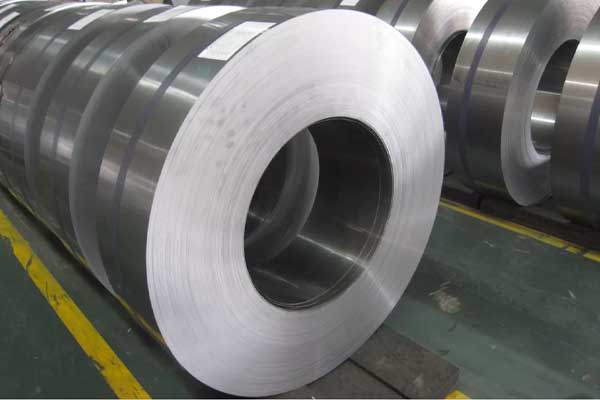The thickness of aluminum that can be bent depends on several factors, including the alloy of the aluminum, the type of bending process, and the equipment used. As a general guideline, most aluminum alloys up to about 1/8 inch (3.175 mm) thickness can be bent using standard press brakes. However, the specific thickness that can be bent may vary depending on the specific alloy of the aluminum, the shape of the bend, and the equipment used.
Few factors
The maximum thickness of aluminum that can be bent depends on several factors, including the alloy of the material, the type of bending process used, the radius of the bend, and other variables such as the hardness and temperature of the material. As a general guideline, most aluminum alloys up to around 1/8 inch thickness can be bent using standard press brakes, while thicker materials may require specialized equipment and processes such as roll bending or stretch bending.
Use the bending machine
For thicker aluminum sheets or plates, other bending processes such as roll bending or stretch bending may be necessary. These processes involve using specialized equipment that can apply force over a larger surface area, allowing for the bending of thicker materials.
The radius of the bend
It’s important to note that the maximum thickness of aluminum that can be bent also depends on the radius of the bend. As the radius of the bend decreases, the thickness of the aluminum that can be bent decreases as well. This is because the smaller radius puts more stress on the material, which can lead to cracking or deformation.
Consider the potential for cracking
When it comes to bending aluminum, it’s also important to consider the potential for cracking or other types of deformation. Bending puts stress on the material, which can cause it to crack or deform if the bending process is not carefully controlled. To minimize these risks, it’s important to use the correct tools and equipment, select the appropriate bending process for the material and shape being bent, and ensure that the material is properly prepared and lubricated before bending.
In addition to its bendability, aluminum has many other properties that make it a popular material for a wide range of applications. It is lightweight, strong, corrosion-resistant, and highly recyclable, making it an environmentally friendly choice for many industries. Aluminum can also be easily formed, welded, and machined, making it a versatile material that can be used in a wide range of shapes and sizes.
Questions: What grade of aluminum is not bendable?

There is no grade of aluminum that is completely non-bendable. However, some grades of aluminum are more difficult to bend than others due to their physical properties. For example, aluminum alloys in the 7000 series, which contain zinc as the major alloying element, are generally considered to be more difficult to bend than alloys in the 1000 or 3000 series, which are primarily composed of aluminum and manganese, respectively.
That being said, the ability to bend any grade of aluminum will depend on the thickness of the material, the type of bending process used, and the skill and experience of the operator. In general, thinner aluminum sheets and profiles can be bent more easily than thicker sections, and certain bending processes such as roll bending or incremental bending may be more suitable for certain grades of aluminum than others.
Some common applications of aluminum include:
- Aerospace and aviation components, such as aircraft frames, wings, and landing gear.
- Automotive parts, including engine blocks, wheels, and body panels.
- Building and construction materials, such as roofing, siding, and window frames.
- Consumer goods, including appliances, electronics, and sports equipment.
- Signage and displays, such as outdoor signs and trade show exhibits.
- Marine and offshore components, such as boat hulls and offshore platforms.
- Food and beverage packaging, such as cans and foil containers.
In summary
The maximum thickness of aluminum that can be bent depends on several factors, including the alloy of the material, the type of bending process used, and the radius of the bend. Most aluminum alloys up to around 1/8 inch thickness can be bent using standard press brakes, while thicker materials may require specialized equipment and processes. Aluminum is a versatile and popular material that is used in a wide range of applications, thanks to its strength, lightweight, and other beneficial properties.